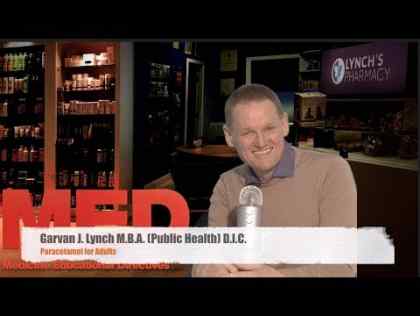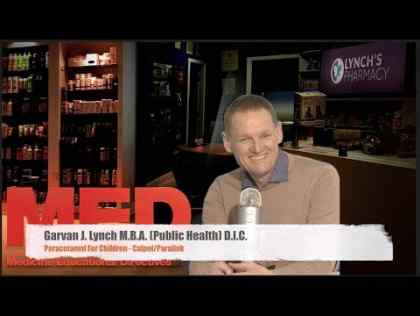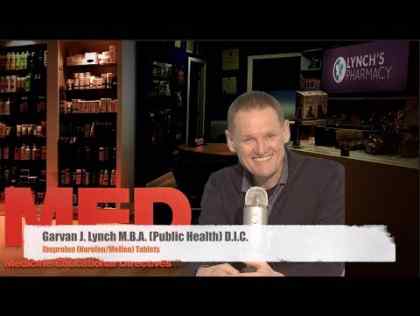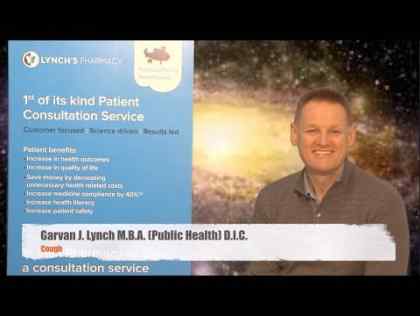
What is it?
- The common cold is a viral infection of your upper respiratory tract — your nose and throat. A common cold is usually harmless, although it may not feel that way. If it's not a runny nose, sore throat and cough, it's the watery eyes, sneezing and congestion — or maybe all of the above. In fact, because any one of more than 200 viruses can cause a common cold, symptoms tend to vary greatly.
- Most adults are likely to have a common cold two to four times a year. Children, especially preschoolers, may have a common cold as many as six to 10 times annually.
- Most people recover from a common cold in about a week or two. If symptoms don't improve, see your doctor.
Symptoms
Symptoms of a common cold usually appear about one to three days after exposure to a cold virus. Signs and symptoms of a common cold may include:
- Runny or stuffy nose
- Itchy or sore throat
- Cough
- Congestion
- Slight body aches or a mild headache
- Sneezing
- Watery eyes
- Low-grade fever (up to 102 F, or 39 C)
- Mild fatigue
The discharge from your nose may become thicker and yellow or green in color as a common cold runs its course. What makes a cold different from other viral infections is that you generally won't have a high fever. You're also unlikely to experience significant fatigue from a common cold.
Causes
Although more than 200 viruses can cause a common cold, the rhinovirus is the most common culprit, and it's highly contagious.
A cold virus enters your body through your mouth or nose. The virus can spread through droplets in the air when someone who is sick coughs, sneezes or talks. But it also spreads by hand-to-hand contact with someone who has a cold or by using shared objects, such as utensils, towels, toys or telephones. Touch your eyes, nose or mouth after such contact or exposure, and you're likely to "catch" a cold.
Risk factors
Cold viruses are almost always present in the environment. But the following factors can increase your chances of getting a cold:
- Age. Infants and preschool children are especially susceptible to common colds because they haven't yet developed resistance to most of the viruses that cause them. But an immature immune system isn't the only thing that makes kids vulnerable. They also tend to spend lots of time with other children and frequently aren't careful about washing their hands and covering their coughs and sneezes. Colds in newborns can be problematic if they interfere with nursing or breathing through the nose.
- Immunity. As you age, you develop immunity to many of the viruses that cause common colds. You'll have colds less frequently than you did as a child. However, you can still come down with a cold when you are exposed to cold viruses, have an allergic reaction that affects your nasal passages or have a weakened immune system. All of these factors increase your risk of a cold.
- Time of year. Both children and adults are more susceptible to colds in fall and winter. That's because children are in school, and most people are spending a lot of time indoors. In places where there is no winter season, colds are more frequent in the rainy season.
Complications
- Acute ear infection (otitis media). Ear infection occurs when bacteria or viruses infiltrate the space behind the eardrum. It's a frequent complication of common colds in children. Typical signs and symptoms include earaches and, in some cases, a green or yellow discharge from the nose or the return of a fever following a common cold. Children who are too young to verbalize their distress may simply cry or sleep restlessly. Ear pulling is not a reliable sign.
- Wheezing. A cold can trigger wheezing in children with asthma.
- Sinusitis. In adults or children, a common cold that doesn't resolve may lead to sinusitis — inflammation and infection of the sinuses.
- Other secondary infections. These include strep throat (streptococcal pharyngitis), pneumonia, bronchitis in adults and croup in children. These infections need to be treated by a doctor.
Treatments and drugs
There's no cure for the common cold. Over the counter medications can relieve the symptoms of a common cold.
- Pain relievers. For fever, sore throat and headache, many people turn to paracetamol or other mild pain relievers. Never give aspirin to children. It has been associated with Reye's syndrome — a rare but potentially fatal illness.
- Decongestant nasal sprays. Adults shouldn't use decongestant drops or sprays for more than a few days because prolonged use can cause chronic rebound inflammation of mucous membranes. And children shouldn't use decongestant drops or sprays at all.
- Cough syrups. Their are numerous cough syrups available for both dry coughs and chesty coughs, your pharmacist can further advise you here.
Lifestyle remedies
You may not be able to cure your common cold, but you can make yourself as comfortable as possible. These tips may help:
- Drink lots of fluids. Water, juice, clear broth or warm lemon water are all good choices. They help replace fluids lost during mucus production or fever. Avoid alcohol and caffeine, which can cause dehydration, and cigarette smoke, which can aggravate your symptoms.
- Try chicken soup. Generations of parents have spooned chicken soup into their sick children's mouths. Now scientists have put chicken soup to the test, discovering that it does seem to help relieve cold and flu symptoms in two ways. First, it acts as an anti-inflammatory by inhibiting the movement of neutrophils — immune system cells that help the body's response to inflammation. Second, it temporarily speeds up the movement of mucus through the nose, helping relieve congestion and limiting the time viruses are in contact with the nasal lining.
- Get some rest. If possible, stay home from work if you have a fever or a bad cough, or are drowsy after the medications. This will give you a chance to rest as well as reduce the chances that you'll infect others. Wear a mask when you have a cold if you live or work with someone with a chronic disease or compromised immune system.
- Adjust your room's temperature and humidity. Keep your room warm, but not overheated. If the air is dry, a cool-mist humidifier or vaporizer can moisten the air and help ease congestion and coughing. Be sure to keep the humidifier clean to prevent the growth of bacteria and molds.
- Soothe your throat. A saltwater gargle — 1/4 to 1/2 teaspoon (1.2 milliliters to 2.5 milliliters) salt dissolved in an 8-ounce (237 milliliters) glass of warm water — can temporarily relieve a sore or scratchy throat.
- Use saline nasal drops. To help relieve nasal congestion, try saline nasal drops. You can buy these drops over-the-counter, and they're effective, safe and nonirritating, even for children. In infants, experts recommend instilling several saline drops into one nostril, then gently suctioning that nostril with a bulb syringe (push the bulb in about 1/4 to 1/2 inch, or about 6 to 12 millimeters). Doing this before feeding your baby can improve your child's ability to nurse or take a bottle, and before bedtime it may improve sleep. Saline nasal sprays may be used in older children.
Alternative medicine
In spite of ongoing studies, the scientific jury is still out on common alternative cold remedies such as vitamin C and echinacea. Here's an update on some popular choices:
Vitamin C. It appears that for the most part taking vitamin C won't help the average person prevent colds. However, taking vitamin C at the onset of cold symptoms may shorten the duration of symptoms.
Echinacea. Studies on the effectiveness of echinacea at preventing or shortening colds are mixed. Some studies show no benefit. Others show a significant reduction in the severity and duration of cold symptoms when taken in the early stages of a cold. One reason study results have been inconclusive may be that the type of echinacea plant and preparation used from one study to the next have varied considerably. Research on the role of echinacea in treating the common cold is ongoing. In the meantime, if your immune system is healthy and you are not taking prescription medications, using echinacea supplements is unlikely to cause harm.
Zinc. The cold-fighting reputation of zinc has had its ups and downs. That's because many zinc studies — both those that find the mineral beneficial and those that do not — are flawed. In studies with positive results, zinc seemed most effective taken within 24 hours of the onset of symptoms. Taking zinc with food may reduce side effects, including a bad taste and nausea.
Prevention
No vaccine has been developed for the common cold, which can be caused by many different viruses. But you can take some common-sense precautions to slow the spread of cold viruses:
- Wash your hands. Clean your hands thoroughly and often, and teach your children the importance of hand washing.
- Scrub your stuff. Keep kitchen and bathroom countertops clean, especially when someone in your family has a common cold. Wash children's toys periodically.
- Use tissues. Always sneeze and cough into tissues. Discard used tissues right away, and then wash your hands carefully. Teach children to sneeze or cough into the bend of their elbow when they don't have a tissue. That way they cover their mouths without using their hands.
- Don't share. Don't share drinking glasses or utensils with other family members. Use your own glass or disposable cups when you or someone else is sick. Label the cup or glass with the name of the person with the cold.
- Steer clear of colds. Avoid close, prolonged contact with anyone who has a cold.
- Choose your child care center wisely. Look for a child care setting with good hygiene practices and clear policies about keeping sick children at home.
References:
https://www.nlm.nih.gov/medlineplus/commoncold.html
https://en.wikipedia.org/wiki/Common_cold
http://www.medicinenet.com/common_cold/article.htm
https://www.hse.ie/eng/health/az/C/Cold,-common/
http://www.commoncold.org/understand.htm





